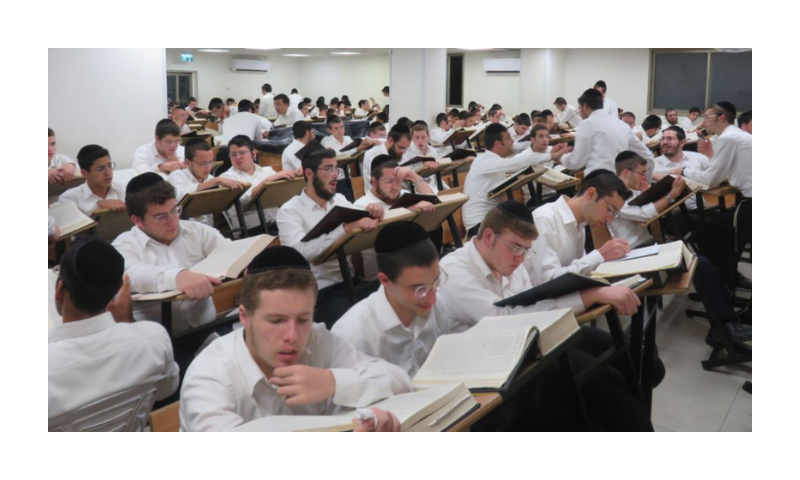Frieda Vizel
Tablet, July 17, 2023
“It is an irony of the current debate that liberals who believe in strong social safety nets, who would balk at the assertion that a person should be judged by their wealth or career attainment, and who once celebrated the maxim made famous by Hillary Clinton, ‘It takes a village to raise a child,’ seem incapable of appreciating those same values when they come from religious communities.”
The latest salvo in The New York Times’ ongoing exposé of the yeshiva system in New York focused on a new report issued by the New York City Department of Education that found 18 religious schools failing to meet secular education standards set by the government. The article raised some troubling questions but ignored one of the most important: Why do Hasidic parents continue to send their children to “failing schools?”
I am a former Hasid who makes a living as a tour guide and YouTuber exploring Hasidic Williamsburg, where many of these implicated Hasidic schools are located. Since I am in the neighborhood often, I have come to know the rhythm of the schools that are at the center of the ongoing controversy. Every day I watch hundreds of happy boys spill into the streets during recess and pile into buses at the end of the afternoon. I see children who are deeply cared for. I see a neighborhood with one of the lowest median ages in the country, where life revolves around raising the young. Furthermore, I see parents who pay private school tuition to send their children to these schools. So why, if they are failing, do the schools continue to burst at the seams?
There are times when parents don’t have a choice. When a couple splits, one of the parents can end up in a contractual obligation to enroll their children in specific Orthodox institutions. In other situations, there may be social pressures that leave parents with few real options. These things do happen, but I believe they represent a minority of cases.
The majority of Hasidic parents send their children to these schools because they succeed by some significant metrics. That doesn’t offset the ways in which they fall short. But in a holistic accounting that considers not only their efficiency as preparatory institutions for future workers but also the social value they provide, these so-called failing schools accomplish a great deal. Perhaps much more than an ordinary public school.
… [To read the full article, click here]


